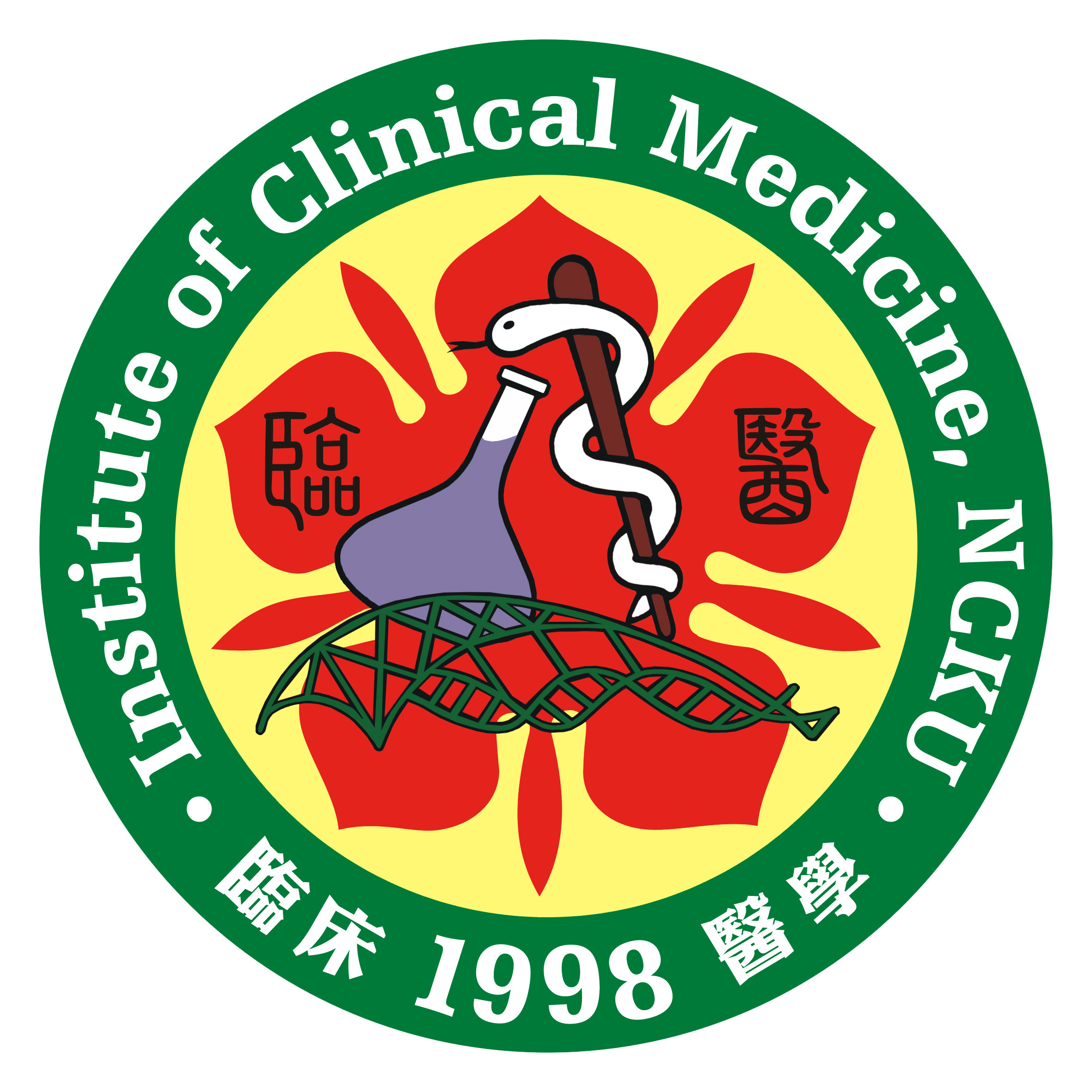江伯敏老師和陳芃潔老師, FGF primes angioblast formation by inducing ETV2 and LMO2 via FGFR1/BRAF/MEK/ERK, Cell Mol Life Sci . 2020 Sep 10.
Abstract
It is critical to specify a signal that directly drives the transition that occurs between cell states. However, such inferences are often confounded by indirect intercellular communications or secondary transcriptomic changes due to primary transcription factors. Although FGF is known for its importance during mesoderm-to-endothelium differentiation, its specific role and signaling mechanisms are still unclear due to the confounding factors referenced above. Here, we attempted to minimize the secondary artifacts by manipulating FGF and its downstream mediators with a short incubation time before sampling and protein-synthesis blockage in a low-density angioblastic/endothelial differentiation system. In less than 8 h, FGF started the conversion of KDRlow/PDGFRAlow nascent mesoderm into KDRhigh/PDGFRAlow angioblasts, and the priming by FGF was necessary to endow endothelial formation 72 h later. Further, the angioblastic conversion was mediated by the FGFR1/BRAF/MEK/ERK pathway in mesodermal cells. Finally, two transcription factors, ETV2 and LMO2, were the early direct functional responders downstream of the FGF pathway, and ETV2 alone was enough to complement the absence of FGF. FGF's selective role in mediating the first-step, angioblastic conversion from mesoderm-to-endothelium thus allows for refined control over acquiring and manipulating angioblasts. The noise-minimized differentiation/analysis platform presented here is well-suited for studies on the signaling switches of other mesodermal-lineage fates as well.
